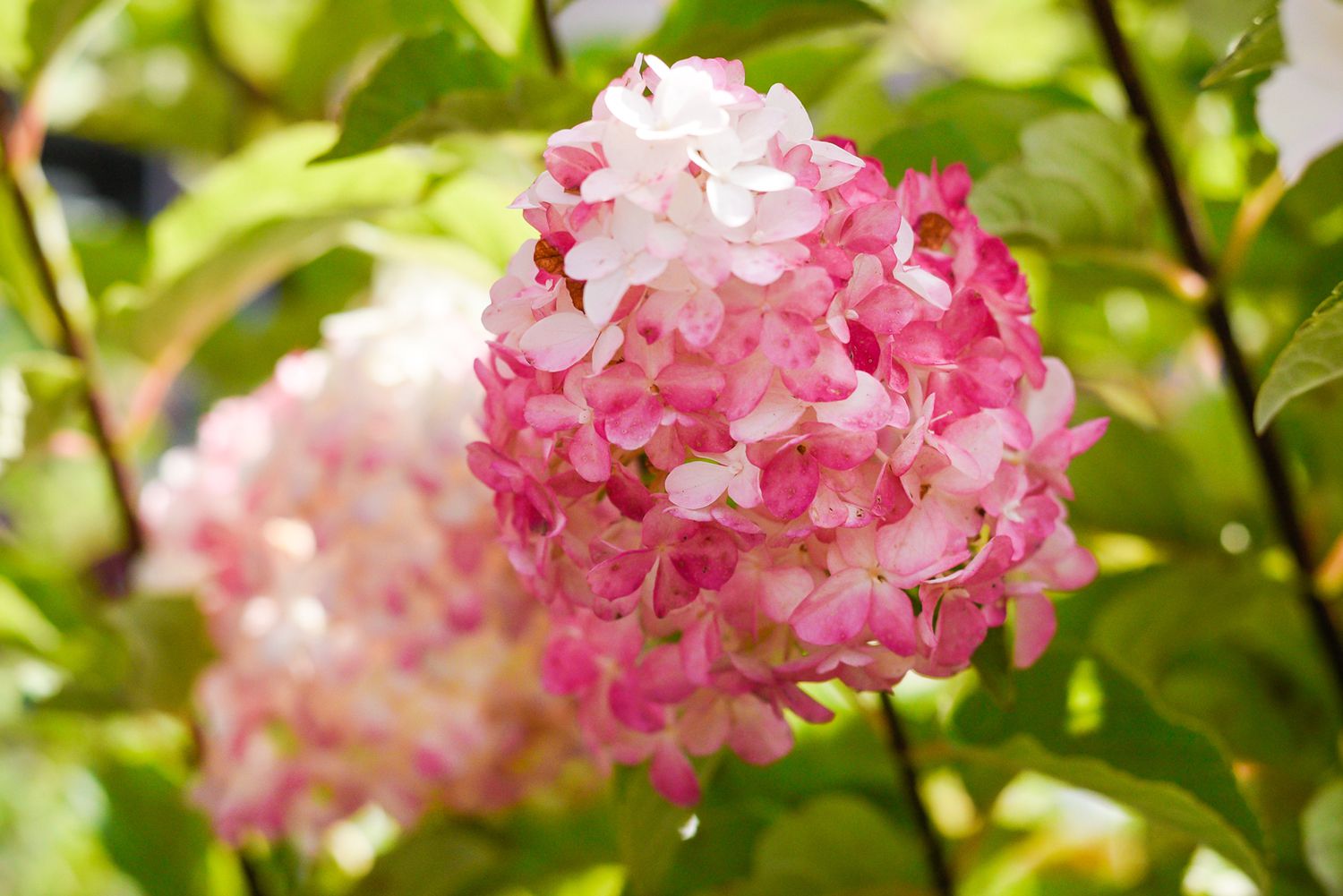Strawberry Vanilla Hydrangea, scientifically known as Hydrangea paniculata ‘Renhy’, is a breathtaking addition to any garden landscape. Its unique combination of strawberry pink and creamy vanilla hues sets it apart from other hydrangea varieties, making it a favorite among garden enthusiasts. In this article, we’ll explore everything you need to know about this charming plant, from its characteristics to cultivation tips and landscaping ideas.
What Makes Strawberry Vanilla Hydrangea Unique?
A Brief Overview
Strawberry Vanilla Hydrangea belongs to the Hydrangeaceae family and is a cultivar of the popular paniculata species. Its striking color combination of soft pink and creamy white blooms makes it a standout feature in any garden setting. Unlike traditional hydrangeas, which often bloom in shades of blue or purple, the Strawberry Vanilla variety offers a refreshing twist with its delicate pastel tones.
Characteristics and Appearance
The flowers of the Strawberry Vanilla Hydrangea are cone-shaped panicles that emerge in mid to late summer and last well into the fall season. Initially, the blooms appear creamy white, gradually transitioning to shades of pink as they age, creating a beautiful ombré effect. The plant itself is relatively compact, reaching a height of around 4-6 feet with a similar spread, making it suitable for both small gardens and larger landscapes.
How to Grow Strawberry Vanilla Hydrangea
Ideal Growing Conditions
Strawberry Vanilla Hydrangea thrives in well-drained soil with a slightly acidic to neutral pH level. It prefers a location with partial to full sunlight, although it can tolerate some shade, especially in hotter climates. When selecting a planting site, ensure there is adequate airflow to prevent the development of fungal diseases.
Planting and Care Tips
When planting Strawberry Vanilla Hydrangea, dig a hole twice the size of the root ball and amend the soil with organic matter such as compost or peat moss. Water thoroughly after planting and mulch around the base of the plant to retain moisture and suppress weeds. Regular watering is essential, especially during the hot summer months, but be cautious not to overwater, as this can lead to root rot.
Pruning and Maintenance
When to Prune
Pruning is best done in late winter or early spring before new growth begins. Remove any dead or damaged branches, as well as any crossing or crowded stems to improve airflow and promote healthy growth. Deadheading spent blooms throughout the season will encourage continuous flowering and prevent the plant from expending energy on seed production.
Maintenance Tips
In addition to regular pruning, apply a balanced fertilizer in spring to provide essential nutrients for robust growth and prolific flowering. Monitor for pests such as aphids or spider mites, and treat promptly if necessary to prevent infestations. During periods of drought, ensure the plant receives sufficient water to prevent wilting and stress.
Common Issues and Solutions
Pests and Diseases
Strawberry Vanilla Hydrangea is relatively resistant to pests and diseases, but occasional issues may arise. Aphids and spider mites can sometimes infest the plant, especially during dry spells. Use insecticidal soap or neem oil to control infestations, taking care to follow the manufacturer’s instructions. Powdery mildew and leaf spot are common fungal diseases that can affect hydrangeas, particularly in humid conditions. Improve airflow around the plant and avoid overhead watering to reduce the risk of infection.
Troubleshooting Tips
If your Strawberry Vanilla Hydrangea appears stressed or fails to thrive, assess the growing conditions and make any necessary adjustments. Ensure the soil is well-drained and amend with compost if necessary to improve fertility. Mulch around the base of the plant to conserve moisture and suppress weeds. Monitor for signs of nutrient deficiencies and fertilize accordingly to promote healthy growth.
Landscaping with Strawberry Vanilla Hydrangea
Garden Design Ideas
Strawberry Vanilla Hydrangea adds a touch of elegance to any garden setting and pairs beautifully with a variety of other plants. Plant alongside perennials such as hostas, astilbes, and ferns for a lush, woodland-inspired border. Create a focal point by planting en masse or incorporate into mixed shrub borders for added interest and texture.
Companion Planting
Consider companion planting with other hydrangea varieties to extend the flowering season and create a stunning display of color and texture. Plant alongside traditional blue or purple hydrangeas for a striking contrast, or mix with other pastel-toned varieties for a soft, romantic look. Incorporate flowering perennials such as lavender, salvia, and sedum to attract pollinators and enhance the overall beauty of the garden.
Uses and Benefits
Ornamental Purposes
Strawberry Vanilla Hydrangea is prized for its ornamental value and makes a stunning addition to cut flower arrangements and floral displays. The long-lasting blooms can be enjoyed both indoors and outdoors, providing months of beauty throughout the growing season. Use fresh blooms to create beautiful bouquets or dry flowers for use in wreaths and crafts.
Environmental Benefits
In addition to its aesthetic appeal, Strawberry Vanilla Hydrangea offers environmental benefits as well. Like all hydrangeas, it helps improve air quality by filtering pollutants and absorbing carbon dioxide from the atmosphere. The dense foliage provides habitat and shelter for wildlife, including birds and beneficial insects, contributing to a healthy and biodiverse ecosystem.
Conclusion
Strawberry Vanilla Hydrangea is a versatile and charming plant that adds beauty and elegance to any garden landscape. With its unique coloration, compact size, and easy-care nature, it’s no wonder why this variety has become a favorite among gardeners. Whether planted as a focal point or used in mixed borders, its delicate blooms are sure to delight for years to come.

